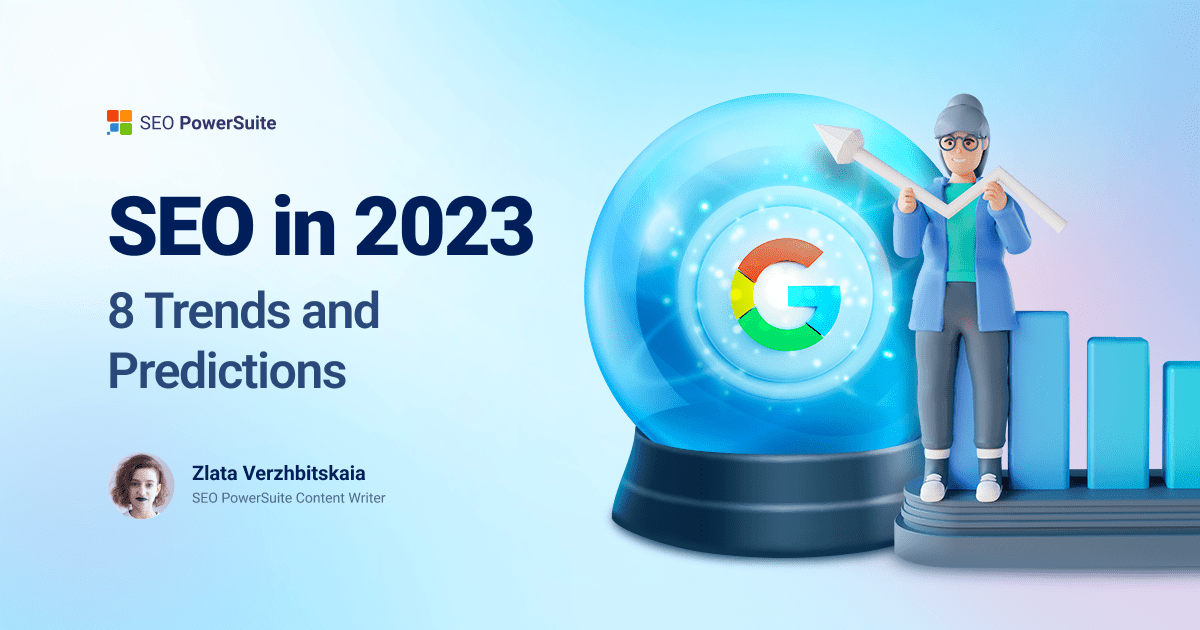Exploring The Frontier Of Smart TV Advertising
Executive Summary
Smart TV advertising is a rapidly growing industry, with spending expected to reach billions in the next few years. This growth is being driven by the increasing popularity of smart TVs, which offer viewers a more personalized and interactive experience than traditional TVs.
Smart TV advertising offers several advantages over traditional TV advertising, including:
- Increased targeting: Smart TVs can collect data on viewers’ viewing habits, which allows advertisers to target their ads more precisely.
- Greater interactivity: Smart TVs allow viewers to interact with ads, such as by clicking on them to learn more about a product or service.
- Improved measurement: Smart TVs provide advertisers with more data on the effectiveness of their campaigns, such as how many people saw an ad and how many people clicked on it.
Introduction
Smart TV advertising is a new and exciting frontier for businesses. It offers a unique opportunity to reach consumers in a personalized and engaging way. By leveraging the power of smart TVs, businesses can create advertising campaigns that are more effective and efficient than ever before.
1. The Rise of Smart TV Advertising
Smart TV advertising is on the rise, as more and more people are cutting the cord and streaming their favorite shows and movies online. In fact, a recent study found that over 50% of US households now own a smart TV. This growth is being driven by the increasing popularity of streaming services such as Netflix, Hulu, and Amazon Prime Video.
2. The Benefits of Smart TV Advertising
Smart TV advertising offers several benefits over traditional TV advertising, including:
- Increased reach: Smart TVs can be used to reach a wider audience than traditional TV ads, as they are not limited by geographical boundaries.
- Improved targeting: Smart TVs can collect data on viewers’ viewing habits, which allows advertisers to target their ads more precisely.
- Greater interactivity: Smart TVs allow viewers to interact with ads, such as by clicking on them to learn more about a product or service.
- Improved measurement: Smart TVs provide advertisers with more data on the effectiveness of their campaigns, such as how many people saw an ad and how many people clicked on it.
3. The Challenges of Smart TV Advertising
Smart TV advertising also poses some challenges, including:
- Ad blocking: Ad blocking software can be used to block ads from appearing on smart TVs.
- Privacy concerns: Smart TVs can collect data on viewers’ viewing habits, which raises privacy concerns for some consumers.
- Measurement challenges: Measuring the effectiveness of smart TV advertising campaigns can be challenging, as there is no統一標準for tracking ad performance across different platforms.
4. The Future of Smart TV Advertising
Smart TV advertising is still in its early stages of development, but it has the potential to revolutionize the way that businesses reach consumers. As smart TVs become more popular and more sophisticated, we can expect to see even more innovation in the realm of smart TV advertising.
5. Best Practices for Smart TV Advertising
To create effective smart TV advertising campaigns, businesses should follow these best practices:
- Use high-quality creative: Smart TV ads should be visually appealing and engaging, as they will be competing for viewers’ attention with other content on the screen.
- Target your audience carefully: Use data to target your ads to the right audience. Consider factors such as age, gender, location, and viewing habits.
- Make your ads interactive: Smart TVs allow viewers to interact with ads, such as by clicking on them to learn more about a product or service. Take advantage of this opportunity to engage viewers and drive conversions.
- Measure your results: Track the performance of your smart TV advertising campaigns to see what’s working and what’s not. Use this data to improve your campaigns over time.
Conclusion
Smart TV advertising is a powerful tool that can be used to reach consumers in a personalized and engaging way. By following the tips above, businesses can create effective smart TV advertising campaigns that will drive results.
Keyword Tags
- Smart TV advertising
- Streaming TV advertising
- Connected TV advertising
- OTT advertising
- Digital advertising
FAQ
1. What is smart TV advertising?
Smart TV advertising is a type of digital advertising that is delivered to viewers through smart TVs. Smart TVs are internet-connected televisions that allow viewers to stream content from a variety of sources, including streaming services, cable TV providers, and over-the-air broadcasts.
2. What are the benefits of smart TV advertising?
Smart TV advertising offers several benefits over traditional TV advertising, including increased reach, improved targeting, greater interactivity, and improved measurement.
3. What are the challenges of smart TV advertising?
Smart TV advertising also poses some challenges, including ad blocking, privacy concerns, and measurement challenges.
4. What are the best practices for smart TV advertising?
To create effective smart TV advertising campaigns, businesses should follow these best practices:
- Use high-quality creative
- Target your audience carefully
- Make your ads interactive
- Measure your results
5. What is the future of smart TV advertising?
Smart TV advertising is still in its early stages of development, but it has the potential to revolutionize the way that businesses reach consumers. As smart TVs become more popular and more sophisticated, we can expect to see even more innovation in the realm of smart TV advertising.







